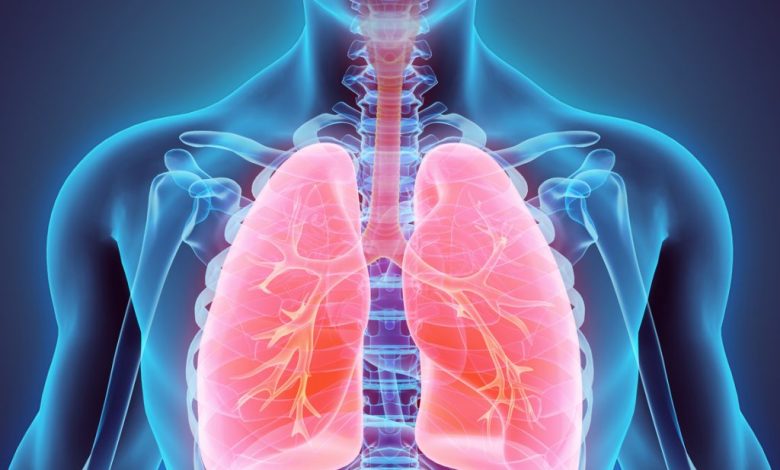
What exactly is Acute Respiratory Disorders?
Respiratory Distress Disorder
Respiratory diseases are now more common among the population than they ever have. In this blog, we’ll look at the symptoms of a respiratory disorder.
The discharge of fluids impedes the breathing cycle by diminution oxygen intake.
Organs require oxygen for proper functioning. This condition can lead to organ failure.
The injured or those who are suffering from respiratory problems. The signs of severe breathlessness – of ARDS appear within a few hours or days after the onset of an injury or infection.
The chances of surviving ARDS are small. The chance of dying increases with age, as does the degree of the injury or infection. The patients who recover from this illness often experience lung damage that lasts for a lifetime. You now know what the term acute respiratory distress syndrome means. The condition can be fatal and may be caused by various reasons, as we’ll be discussing in the subsequent sections.
Acute Respiratory Distress Disorder?
The main reason for the development of respiratory distress is the leakage of fluids from blood vessels within the lung. The release of blood from the vessels to the air sac can cause damage to the membranes of the alveoli and bronchioles and causes breathing problems.
Harmful Substances Inhalation
These conditions are usually caused by the accidental inhalation of chemicals or smoke. Factory workers are the victims of these accidents. Inspiration problems from inhalation of hazardous substances or near-drowning events can result in ARDS.
Sepsis
A serious infection in the bloodstream caused by an abundance of microbes that cause harm can be referred to as sepsis. It is the most frequently cited reason that triggers respiratory stress.
Covid-19
The main reason for the death of Covid-19 patients was a lung function impairment. The reason was the coronavirus that causes respiratory distress in the person.
Other Possible Causes
Massive blood transfusions or a third-degree burn, and pancreatic inflammation are just a few of the other causes of ARDS.
Patients who have an infection of the blood (sepsis) have a high risk of developing ARDS. We learned about the term acute respiratory distress syndrome’s definition and the reasons. This illness was responsible for many deaths in the pandemic.
Did you realize that your breathing pattern alters according to your mood?
As a student in nursing, you’ll learn about these conditions. If you have difficulty understanding this vast knowledge, it is possible to get professionals‘ help with your nursing assignments. Reach out to our experts with only a couple of clicks. Submit the request form to be provided with beginnings.
What are the symptoms of respiratory distress?
The symptoms of respiratory distress vary based upon the extent of the injury or illness. The oxygen levels describe the symptoms in the blood and the degree of depletion. The symptoms include:
Breathlessness
Extreme tiredness
Inability to complete routine tasks like washing, eating, showering, etc.
The mouth is a bluish-coloured area or fingernails.
The neck sinks below the chest.
The feeling of obstruction and wheezing in the air passageway
Being aware of the signs is essential to act quickly and avoid an emergency.
Can someone recover from ARDS?
No cure works for this disease; Supportive care seeks to supply sufficient oxygen in the bloodstream to heal from the traumas caused by ARDS.
Support for the ventilator
Patients who suffer from ARDS require supplemental oxygen. Sometimes, oxygen alone isn’t enough. The patient receives oxygen via a mask that covers the mouth and nose and through a tube injected directly into their windpipe.
Prone positioning
Patients usually lie on their backs.
According to the definition of acute respiratory distress syndrome, the patients are suffering from severe breathing problems.
ECMO (Extracorporeal membrane oxygenation)
It’s a complicated form of treatment that requires blood transfusion, the membrane that provides oxygen and carbon dioxide and enlarges the blood supply to the system. The procedure is not without its complications.
Patients who suffer from severe respiratory distress require ventilators for extended durations. The minimum is seven to 14 days. After recovery, patients can breathe without the assistance of a ventilator machine.
Nursing is a profession with many challenges ranging from challenging assignments to long shifts. Find nursing assignment help for a low cost and no cost academic resources. Start by filling out our registration form to reach our experts in the field.



